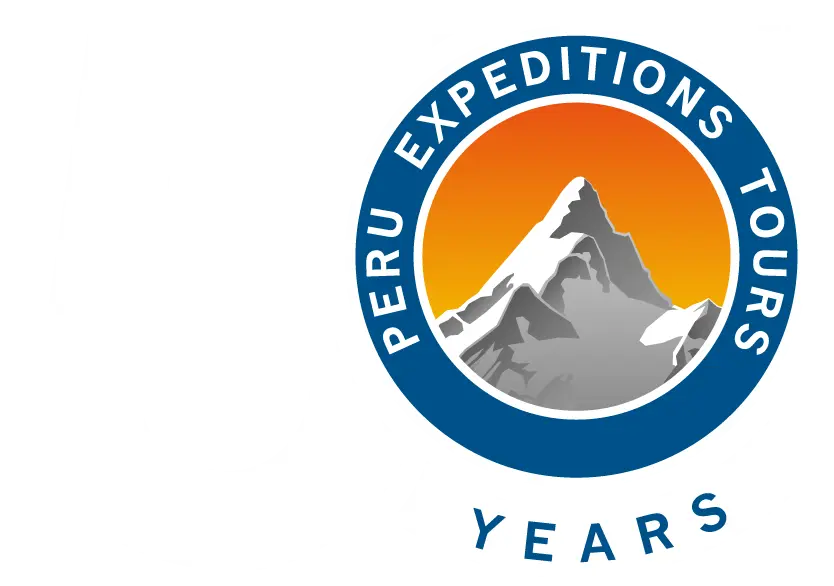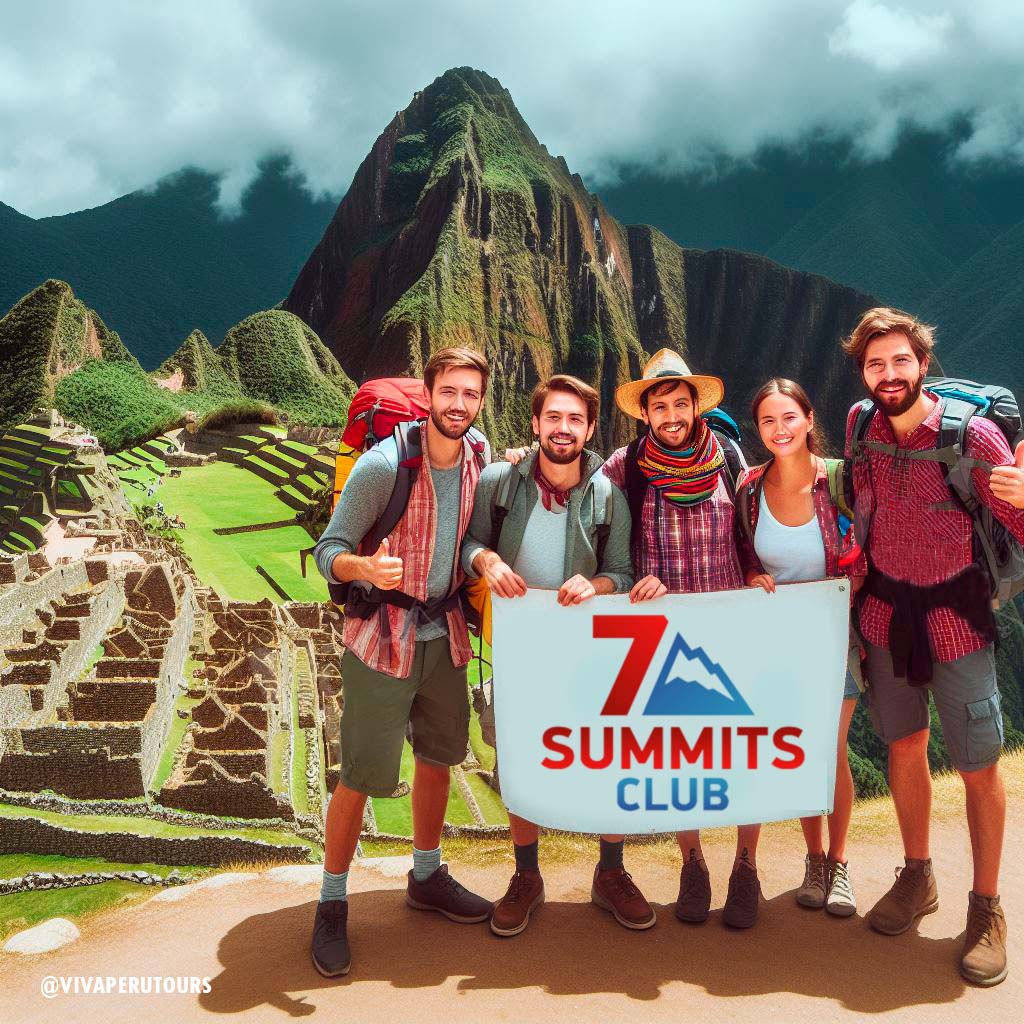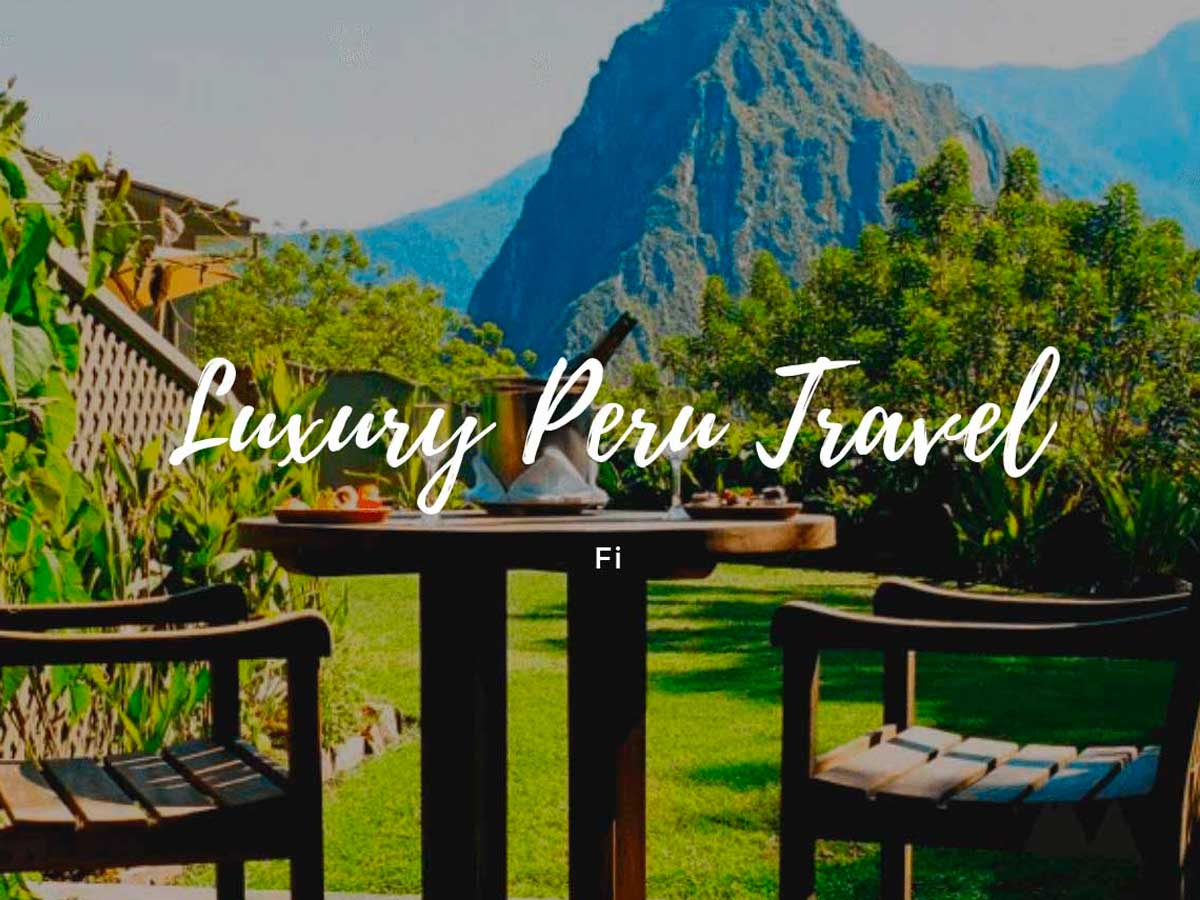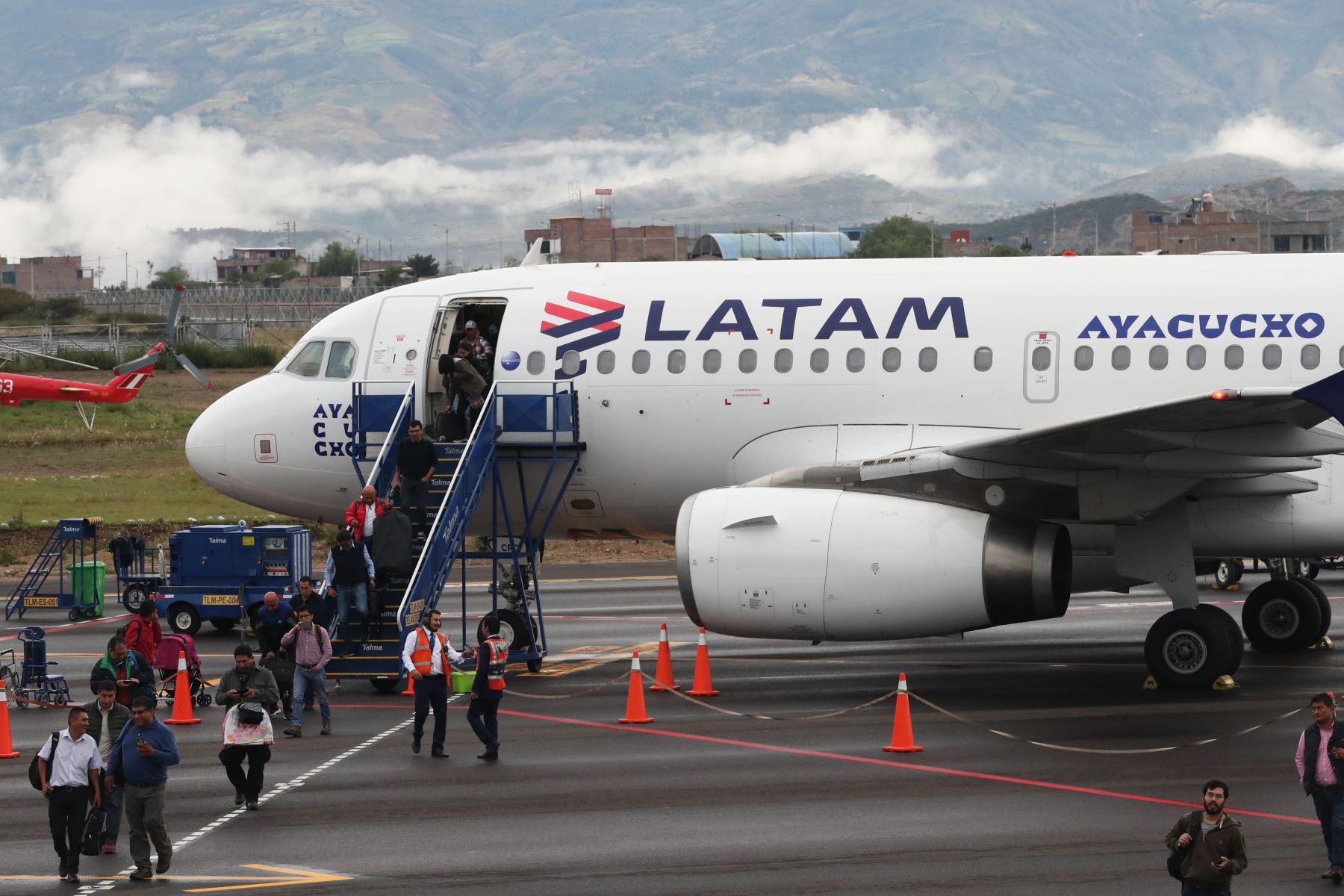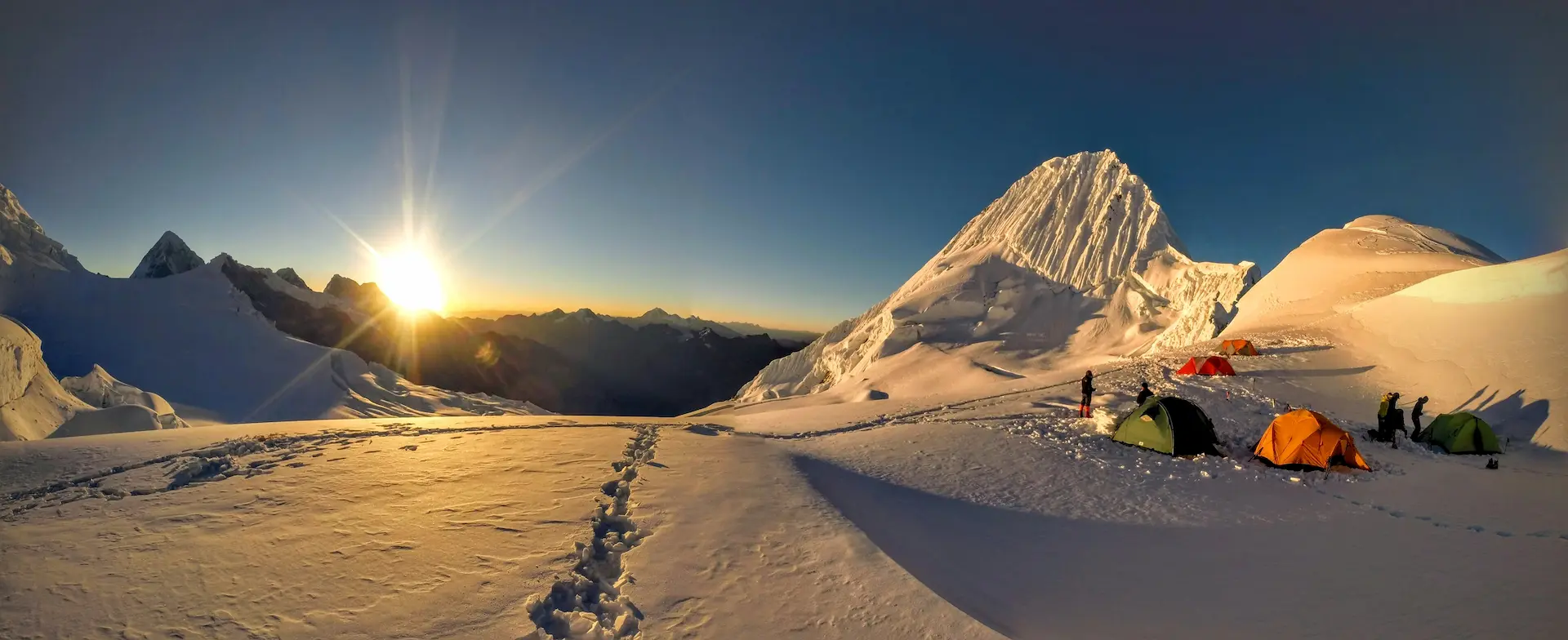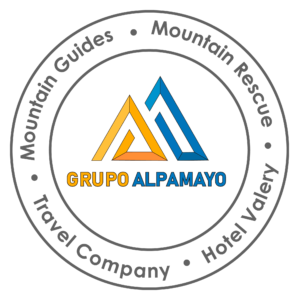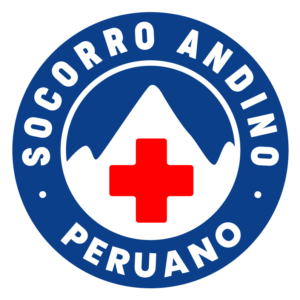Peru is a country that one life is not enough to discover. But we will start already on the May holidays!
We present you two new programs of the 7 Summits Club in Peru. In July we invite Boris Egorov to the VIP program! Climbing the most beautiful peak in the world Alpamayo (5957 m). Acclimatization on Nevado Pisco.
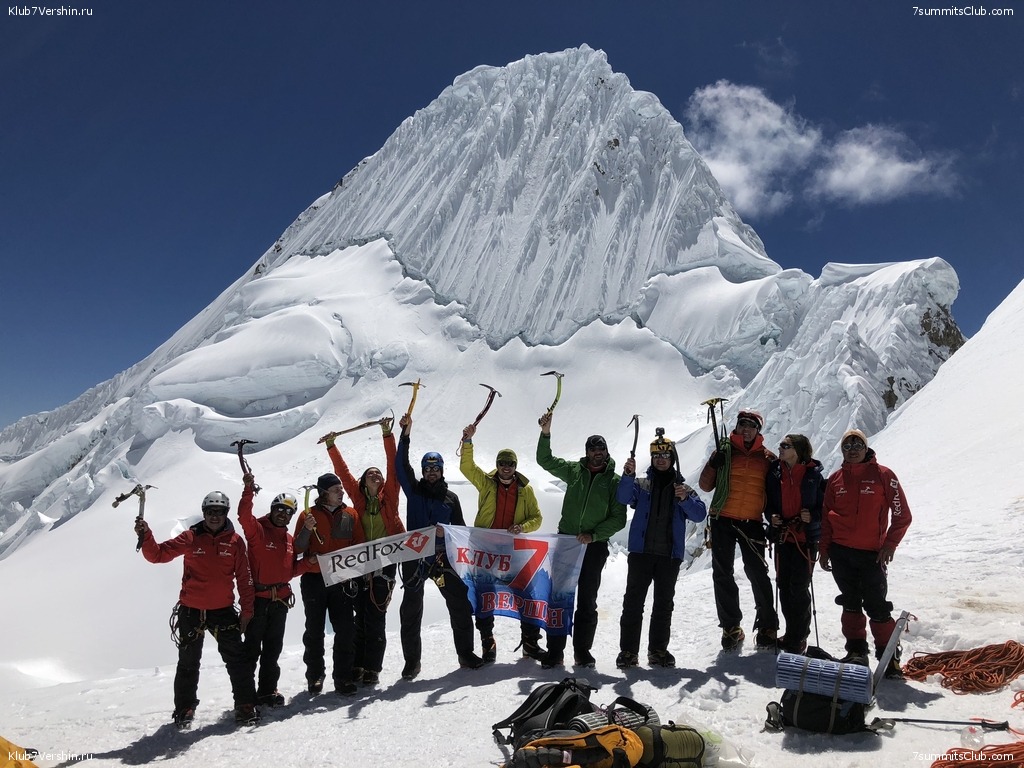
For May and later – we invite you to see the new Wonders of the World in the Cordillera Volcanica area! Climbing Mount Brave – Chachani (6057m). Journey through the Rainbow Mountains.
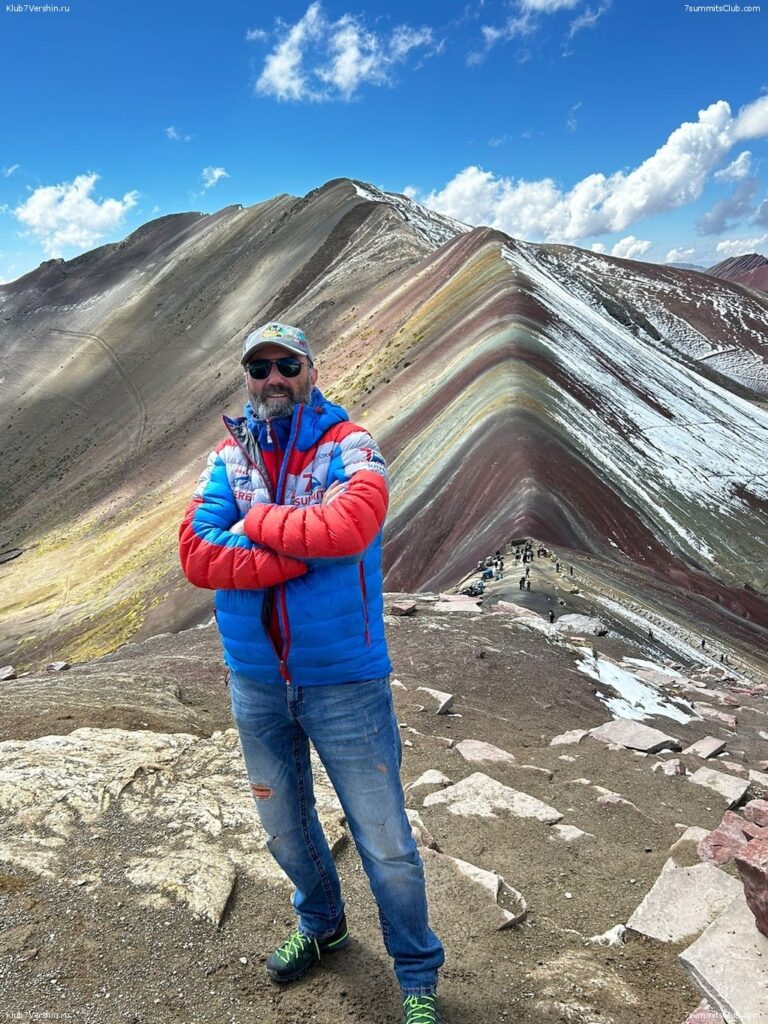

PERU
The breathtaking beauty and diversity of the mountain landscapes of the Peruvian Andes. Dozens of peaks are represented here as symbols of beauty. We are waiting for a variety of climbing routes and wonderful trekking. And what is important – we do all this with the best guides and developed infrastructure. And, of course, everything is seasoned with the exotic spirit of ancient history. UNESCO has counted 100,000 archaeological sites in the country, many of which are more than one thousand years old. And some are an unsolvable mystery.
In the coming years, the 7 Summits Club intends to significantly expand the range of programs in Peru. While we appeared in this wonderful country periodically. It’s probably unfair. Peru is a mountainous country with a developed tourist infrastructure, which has a large selection of beautiful mountain routes. Club 7 Peaks is far from new to Peru and our many years of experience allowed us to decide on partners. We have chosen the best of the best, practice has proven their reliability and the quality of their services.
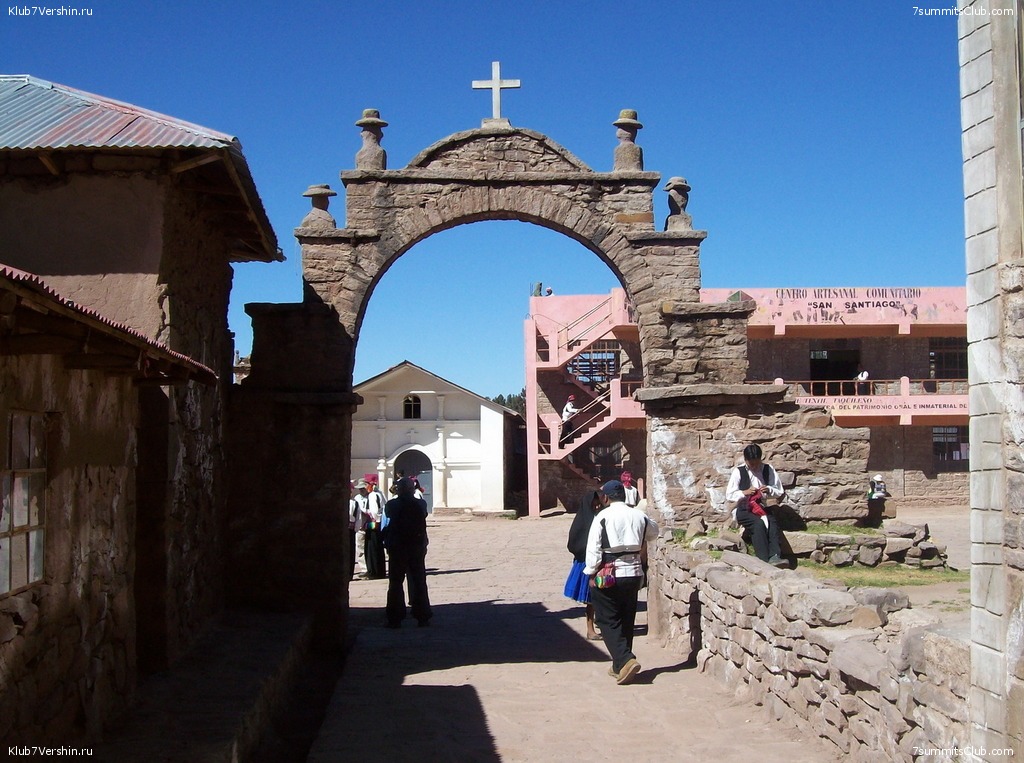
Peru is a rather large country, with regions of various character. This allows you to collect comprehensive programs that, in addition to mountains, may include cultural and historical monuments, as well as visits to other natural sites (Amazonia, ocean coast, etc.). The population of Peru (only about 32 million people) is mainly of Indian origin. Now together they have formed a single nation. There is no political stability in the country, but this does not affect tourism in any way. It remains a priority sector of the economy. And its development is approached here with all seriousness. As a result, we have a large number of companies engaged in organizing the reception of foreign tourists, an army of professional, certified guides, a developed transport infrastructure, a sufficient number of mules, hotels and mountain huts. And more importantly,
Peru is a country for all categories of travelers. We will consider separately the climbing and trekking areas, and then other attractions.
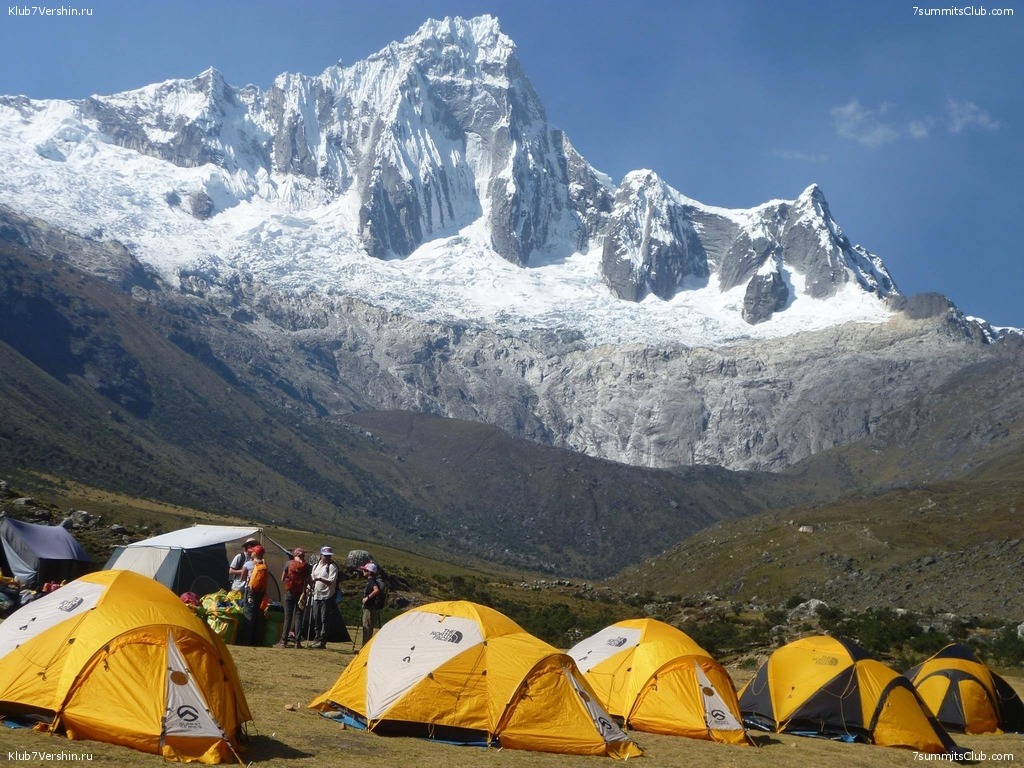
The Cordillera is the longest mountain system on the planet, stretching from Alaska to Tierra del Fuego. In South America, the mountains are called the Andes. In Peru, it is customary to distinguish between several mountain groups.
The most important, largest and most famous group is the Cordeliera Blanca, which got its name from the characteristic white peaks. This is a ridge about 180 kilometers long, with 16 peaks above 6000 meters and about 700 glaciers. Cordelera Blanca is the largest and highest mountain range located in the tropical zone of the Earth. The main, most popular climbing sites are located in the northern part of the Cordelera Blanca. These are the districts of Huascaran, Alpamayo and Ouandoy.
Alpamayo (5947 m) is one of the most beautiful peaks in the world. It is an almost perfect ice pyramid, “decorated” with bizarre snow-ice formations, mostly of surprisingly regular shapes. Representatives of the Club of 7 Peaks have been on this peak more than once. Full of delight!
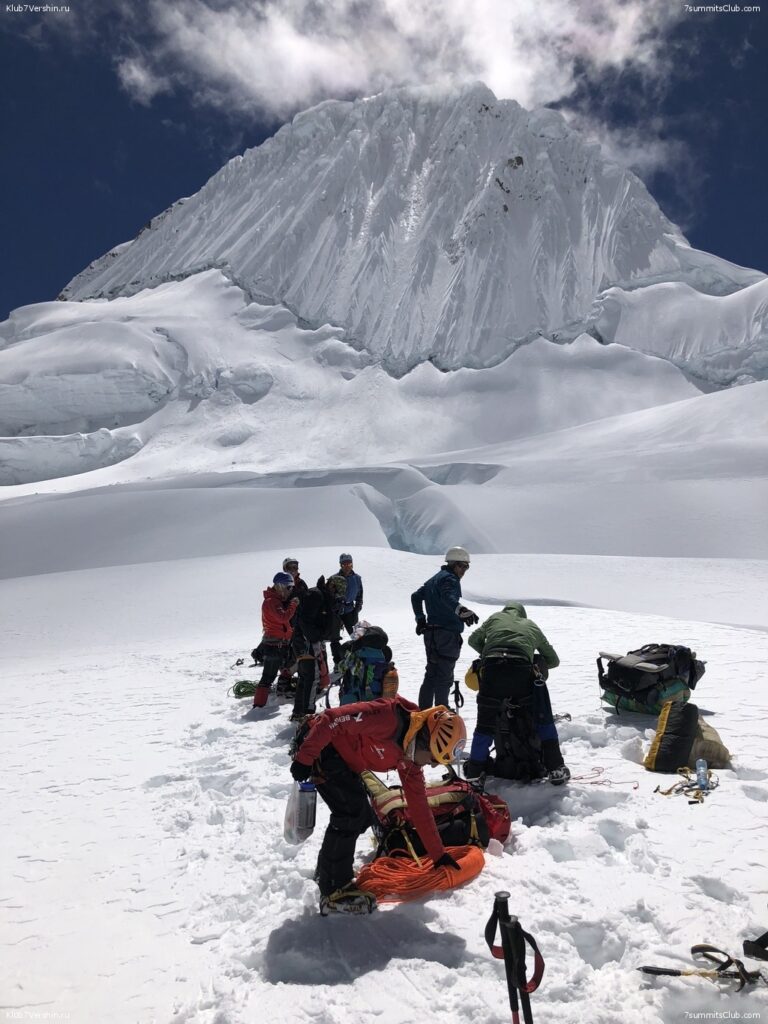
The area around Peru’s highest mountain Huascaran Sur (6768 meters) is united into a national park. The peak of Huascaran itself is also an object of commercial mountaineering, although the standard route is not without objective danger. The national park has an area of about 3400 sq. km and is included in the UNESCO World Heritage List due to its unique biodiversity. Several excellent trekking routes are laid here, the highlights of which are multiple glacial lakes (about 300 in total).
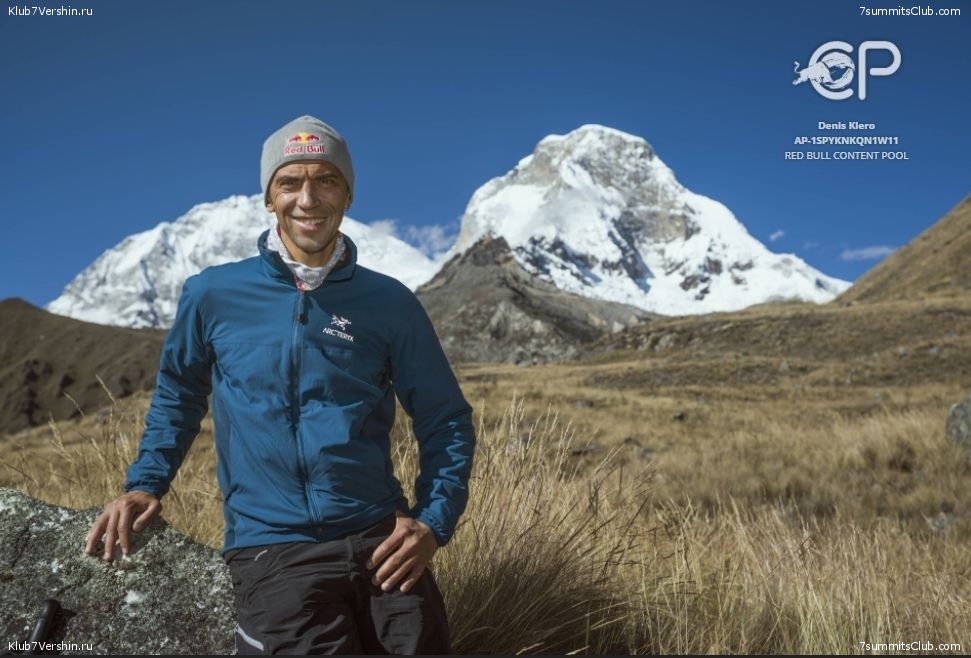
Within the boundaries of the park is another famous mountain - Wandoy, 6360 meters high. It is the second highest mountain in the Cordillera Blanca after Huascaran. These two high peaks are located quite close to each other and are separated by the Llanganuco glacial valley. Near the top of Ouandoy is the popular trekking mountain Pisco .
Southern Cordillera Blanca is a great place for trekking. There are also six-thousandth peaks here, some of them are serious sports facilities. But the most popular is the snow mountain Ishinka – a trekking and acclimatization mountain.
The Santa Cruz route is one of the most famous walking routes of the Cordillera Blanca. The hike is a four-day journey of almost 50 km that leads through beautiful Andean valleys and over two high passes, from where you can enjoy stunning views of the highest mountains of the range.
Laguna 69 is perhaps the most popular route in the Cordillera Blanca. This is a day hike that takes you to the stunningly beautiful Laguna 69 Lake, which sparkles in a gorgeous shade of blue. This hike is a great acclimatization trail as it starts at 3600m and takes you up to 4600m. Although the final ascent to the lake is quite difficult, the scenery you will see at the top is worth it.
The Cordillera Huayhuash is a mountain range about 150 kilometers long in the Western Andes, closer to the coast and the capital. Popular with both trekking enthusiasts and serious climbers. The Cordillera Huayhuash has a large number of lakes, glaciers, rich flora and fauna.
The highest mountain is Yerupakha (6617 m). This is the second highest peak in Peru, difficult to climb.
Cordillera de Vilcabamba , a small Andean mountain range in south-central Peru, extending about 260 km northwest of the city of Cusco. The highest point is Mount Salkantay. The Vilcabamba region, home to Machu Picchu and other extensive ruins, was the last refuge of the Incas fleeing the Spanish conquistadors in the 16th century.
The Volcanic Cordillera is a chain of volcanic mountains in the south of Peru, stretching for about 80 km from northwest to southeast through the departments of Arequipa and Moquegua. Its highest point is located on the Chachani volcano, which is 6,057 meters above sea level. The Rainbow Mountains represent a tourist phenomenon in the area. Only recently this area has been opened as an object of mass tourism. Now comfortable accommodation and well-thought-out logistics have appeared here.
Lima is the capital of Peru , a vast metropolitan area with over 10 million inhabitants. The capital status is emphasized by the unique Main Cathedral of Peru, which was built in 1535. The Spanish colonialists used the golden decoration of the cathedral in order to amaze the Indians with beauty and wealth.
Alpine canyon Kolka
The high-altitude canyon Colca is certainly one of the wonders of the world, located in the south of the country, 160 kilometers from the city of Arequipa. In this valley you can see green mountain meadows, stepped fields of agriculture and the huge flowing river Kolka in the middle of a hollow of mountain ranges. A visit to it is included in the program of the 7 Summits Club.
The secret city of Machu Picchu
One of the world’s most famous monuments of ancient culture is the secret city of Machu Picchu. An incredible story and many legends go about the lost city of the Incas. This city of the sun was discovered in 1911 on one of the mountain ranges near the village of Aguas Calientes. The height of this historical center is 2450 meters above sea level. Mysterious valleys and a ruined city amazes with its beauty every year new tourists who want to visit one of the 7 wonders of the world.
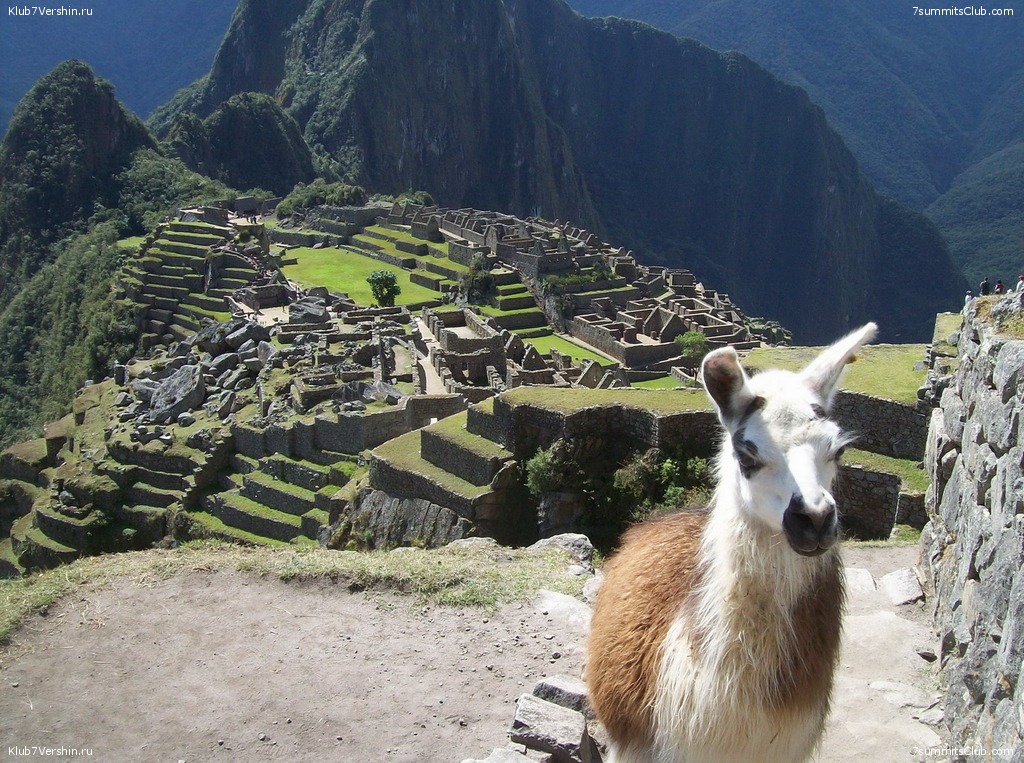
Chan-chan – historical city
This historic city was founded in 850 and is located next to the village of Trujillo in the La Libertad region. The ancient buildings of the ancient city were inhabited by about 100 thousand people. The civilizations living here were well versed in handicraft arts and unique building abilities. The ancient people built the city for many centuries and therefore this place has been perfectly preserved.
Choquequirao . The second largest lost city of the Incas, which, unlike Machu Picchu, can only be reached on foot. Therefore, there are very few tourists here, and you can enjoy majestic views of the ruins of the ancient city. The hike can be accompanied by a visit to the Salkantay glacier, the ruins of Pincignoc, the Santa Teresa Valley. Also, the route can be combined with a visit to Machu Picchu.
Double waterfall Gokta
The incredible double cascade of Gokta Falls is one of the highest waterfalls in the world. This wonderful creation of nature is located near Chachapoyas of the Amazonas region. The mountain source is formed at an altitude of 2500-3000 meters and has a powerful fall height, which is 771 meters. The Gokta waterfall is surrounded by green valleys and is periodically covered in cloudy steam.
The ancient capital of the Incas, Cusco. The settlement is over 3 thousand years old! Now more than 400 thousand live. The city has many remains of ancient buildings, and it has a colonial, Spanish appearance.
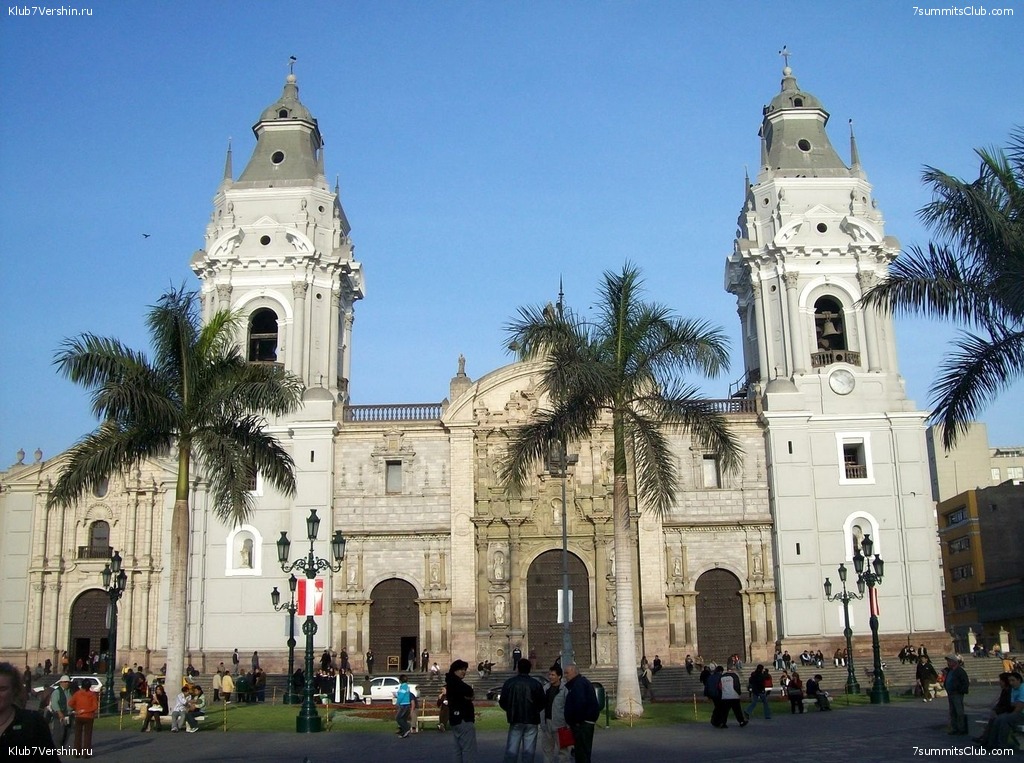
Maras Salt Terraces
Manu. Manu National Park, whose territory is located both in the mountains and in the Amazonian jungle. Travel to this place in a new way
The lines and geoglyphs of Nazca are viewed by tourists from airplanes.
A group of giant geometric and figured geoglyphs on the Nazca plateau in southern Peru. On the plateau, stretching for more than 50 kilometers from north to south and 5-7 kilometers from west to east, about 143 drawings are known today; also about 13 thousand lines and stripes and about 700 geometric shapes. There are no explanations for this phenomenon.
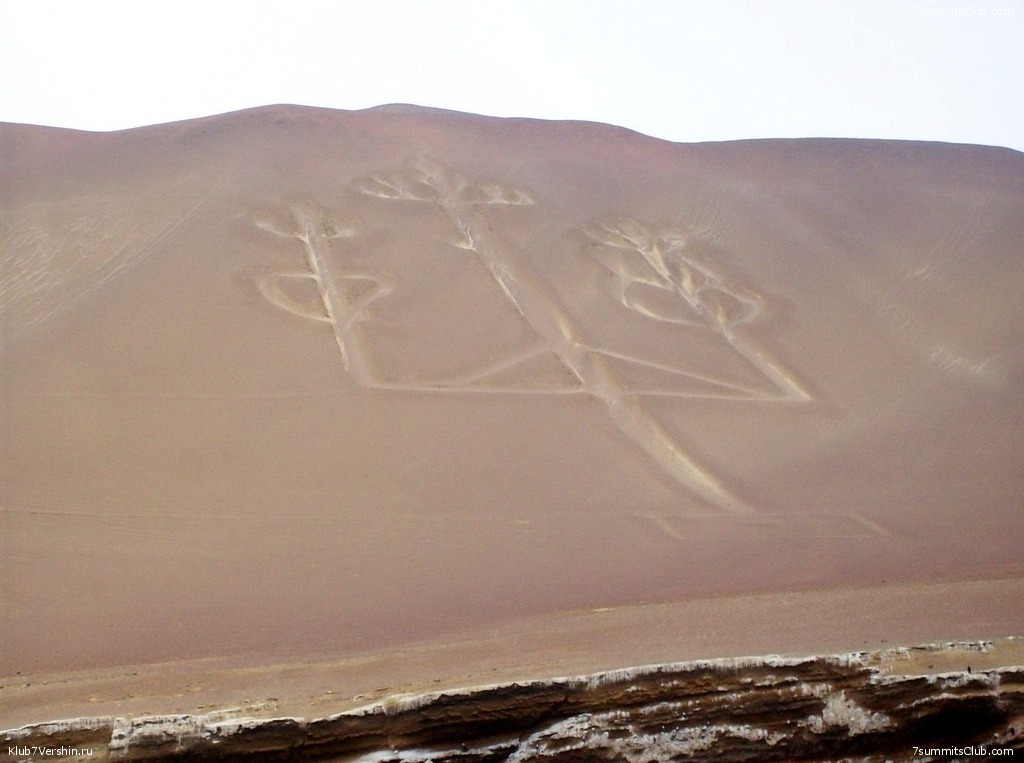
Alpine Lake Titicaca
The huge, legendary Lake Titicaca is located in the highlands, on the border of Peru and Bolivia. The depth of the lake reaches 281 meters, and the area itself is 8,373 km. It is truly breathtaking here, and the atmosphere of this unusual corner resembles an unexplored planet.
The floating islands of the Uros
The floating islands are an amazing place in the country of Peru. The most interesting thing about such an attraction is that people live here. The scheme for creating floating islands is a structure that contains a raft of reeds and special seaweed. The local people who live in such miracle houses are the Uros tribes. They engage in fishing, hunting, and natural living as a civilized people.
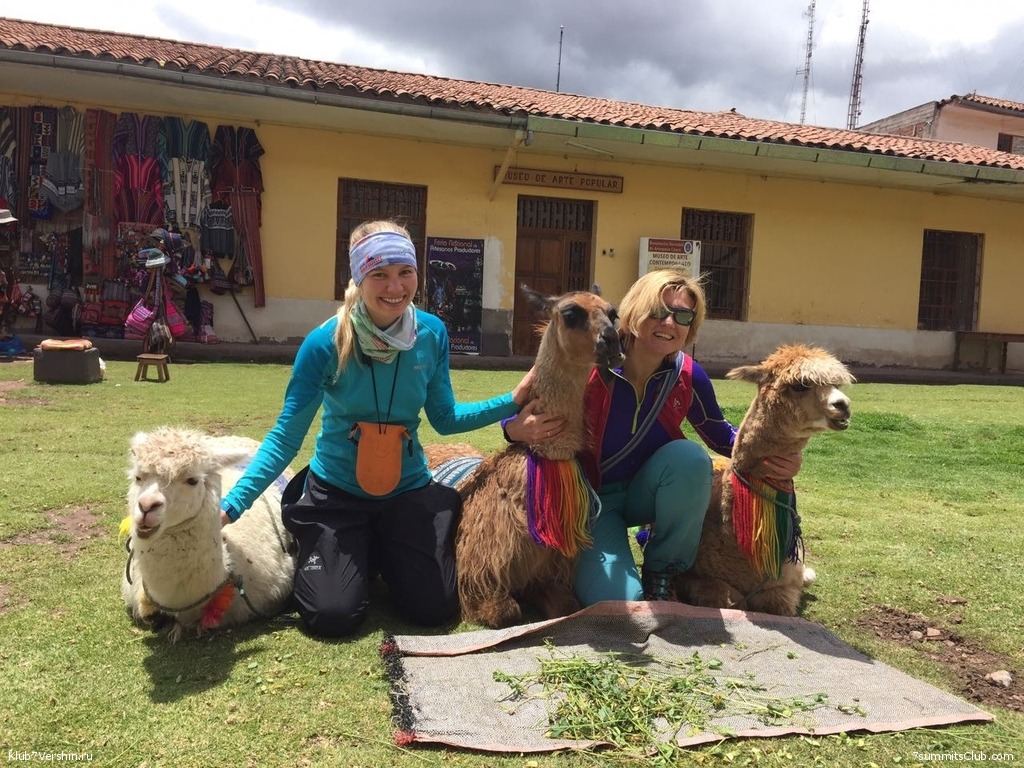
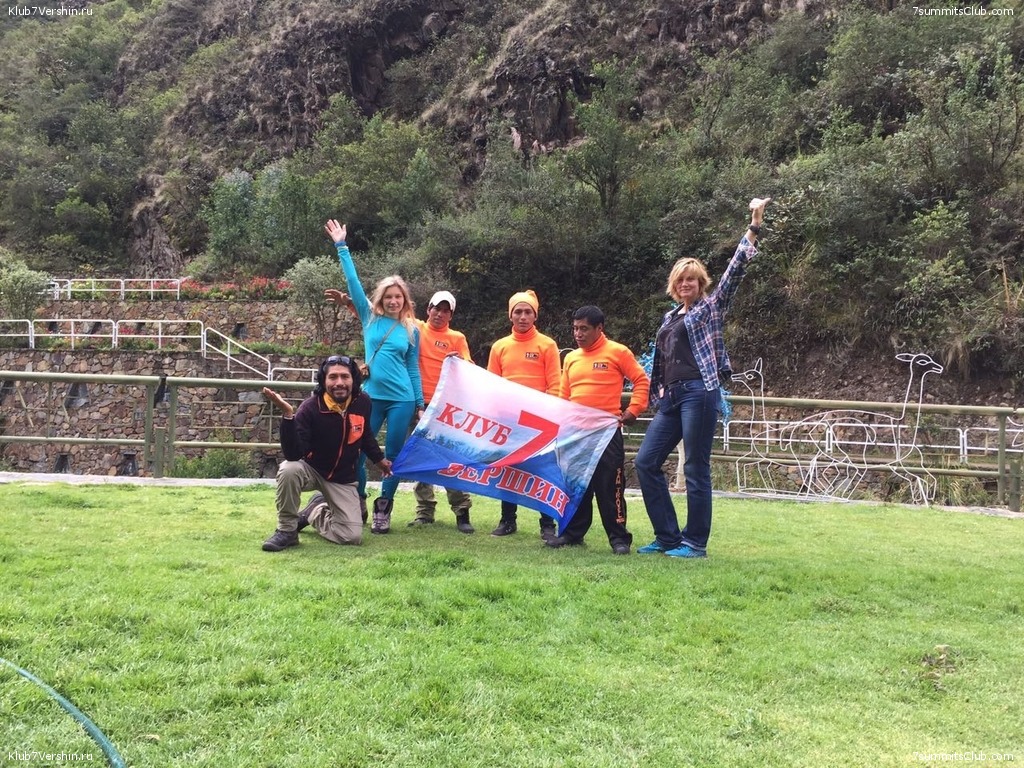
Source:
